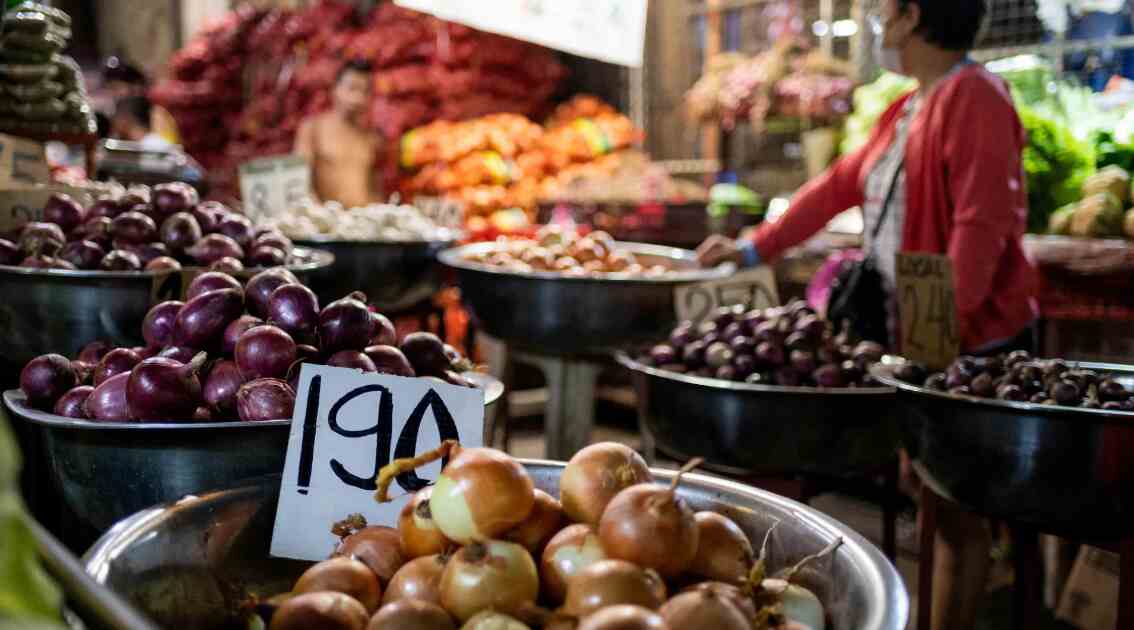
Philippines’ inflation surges to a record high, raising hopes for additional rate increases.
According to figures from the Philippines Statistics Authority, the country’s annual inflation rate for November increased by 8% year over year, making it the greatest inflation in the past 14 years due to rising food costs.
Higher food prices were the main cause of its rise.
Typhoons in recent times have severely damaged the production of fruits, vegetables, and rice, which has increased the cost of food.
Core inflation increased by 6.5%, excluding erratic energy and food costs.
“The government is continuously implementing targeted subsidies and discounts to allay the impact of the higher prices of essential goods, especially for the vulnerable sectors and low-income earners of our society,” the Philippines’ National Economic and Development Authority (NEDA) Secretary Arsenio M. Balisacan mentioned in a separate statement.
He noted that in an effort to relieve price pressure, the Philippines will be increasing food production.
According to Kerry Craig, global strategist at JPMorgan, the inflation problem is difficult but “not unique” to the Philippines, as CNBC reported. He noted that rather than an increase in demand, supply side pressures are what are causing prices to rise.
“Given the pace of inflation it’s likely that a further rate hike will come later this month,” he added.
Despite the fact that growth is predicted to slow down in 2023, the inflation data from November indicates that several rate hikes by the central bank are still anticipated, “to help stem any second-round effects from higher food prices, rein in demand, and make sure inflation expectations are well anchored,” according to HSBC Global Research’s ASEAN economist Aris Dacanay.
Dacanay added that once the policy rate hits 6.25%, he anticipates the BSP to stop its tightening cycle.
